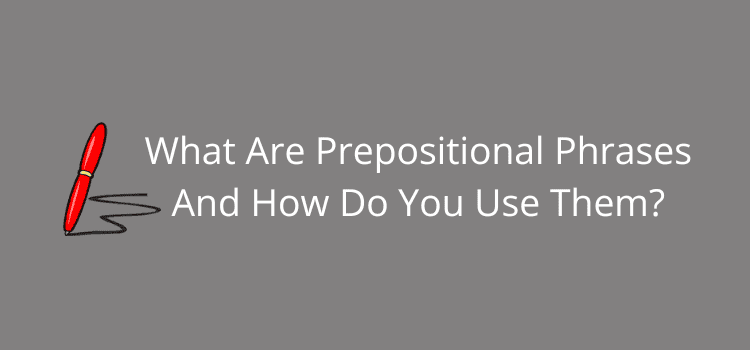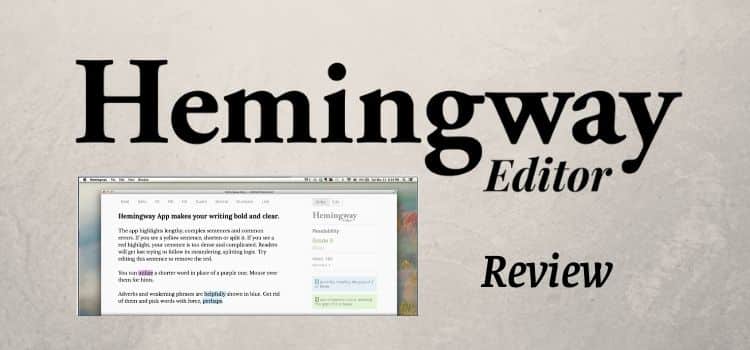
Prepositional phrases are an essential tool in any form of writing. They are easy to construct and use and can quickly and easily add clarity, depth, or precision to a sentence.
The basic structure of a phrase is that it starts with a preposition and ends with a noun, with no verb or subject. The noun is the object of the preposition.
On the shelf, there were only two tattered books.
These phrases give more details about other words or phrases in a sentence. In the example, it says where the books are located.
Understanding prepositional phrases
The starting point is a preposition. There are about 150 or more prepositions in English, so you have plenty to work with.
But the most common ones include above, around, at, before, behind, below, beneath, between, down, from, in, into, on, or under. Now, all you need is a noun.
Above the city. Between the buildings. On the roof.
But the beauty of the phrases is that you can add a modifier to describe the noun.
Above the bustling city. Between the dilapidated buildings. On the shingled roof.
The other feature is that you can move them around in a sentence to change the focus.
After dinner, we decided to take an evening stroll.
We decided to take an evening stroll after dinner.
We decided, after dinner, to take an evening stroll.
These very quick examples show how easy it is to use these phrases in your writing.
The two types of phrases
There are two types: one is adverbial, and the other is adjectival. In simple terms, one works like an adverb and the other like an adjective.
Adverbial Phrases
You use adverbial prepositional phrases to modify verbs, adjectives, or adverbs in a sentence.
They answer questions like where, when, how, and to what extent something happens. Here are a few examples.
She reads in the library. In this phrase, “in the library” is an adverbial prepositional phrase that tells us where she reads.
He finished his homework before dinner. Here, we know when he finished his homework.
We celebrated the launch with champagne. We know how they celebrated.
They climbed all the way to the top of the mountain for the view. Here, we know why they climbed the mountain.
Adjectival Phrases
When you use adjectival prepositional phrases, you modify or describe nouns or pronouns.
They answer questions like which one, what kind, or how many.
She was wearing a dress with tartan patterns. This modifies the dress by describing its style.
Our house is by the beach and has a gorgeous view of the ocean. Here, the phrase modifies the house by describing its location.
You can emphasize or describe specific parts of a sentence with either form.
When to use commas
The comma usage rules for introductory phrases are not set in stone. Depending on which style guide you use, the advice can vary.
But in general, you can apply the following basic guidelines.
1. A comma is optional for introductory phrases of fewer than four words.
2. With long phrases of four or more words, a comma is required.
3. For phrases within the sentence, use commas to offset the phrase.
4. When phrases are at the end of a sentence, use a comma for long phrases.
5. If you have two or more introductory phrases, use a comma after each phrase.
In most cases, it’s better to use commas to avoid confusion, even for short phrases.
But you also need to be consistent.
If you don’t use a comma with an introductory phrase of fewer than four words, then stay with that throughout the entire text.
Prepositional phrases to set the scene
They are extremely useful for setting the context, particularly at the start of a sentence.
Here are some practical examples of setting the context of sentences by function.
Place
Behind closed doors, the committee decided the fate of the government.
On the verandah, two dogs lay in wait, guarding the front door.
Time
At the crack of dawn, the rooster crows, announcing a new day.
Throughout the night, the storm raged, destroying all in its path.
Reason
Out of curiosity, she peered through the window to see where the noise was coming from.
For the sake of peace and quiet, the parents relented and gave in to their daughter’s demand for a new phone.
Manner
With a flourish, the magician waved his wand and pulled a rabbit from the hat.
In a dramatic fashion, the actor paused before delivering his final lines.
Comparison
Unlike other villages, it used innovative ways to attract new residents.
In contrast to popular belief, the actor lived by modest means.
Emotion
With a sigh of relief, he wrote the last words of his book.
In a fit of rage, she stormed out of the meeting in protest at the proposed changes.
You can see from these examples that it is very easy to use this structure to create the context for a sentence.
Almost any function you can think of is possible to form an introductory phrase to give a sentence more clarity and purpose.
Summary
These phrases are easy to construct, and you don’t need to know all the finer grammatical points to use them effectively.
All you need to do is start with any preposition followed by a noun and then add modifiers between them.
The comma rules are relatively simple. However, understanding the difference between adverbial and adjectival phrases is not vital.
Try experimenting with phrases and also moving them around in a sentence.
One of the significant benefits of this is that you can quickly change a sentence to vary your sentence structures within a text.
When you understand the structure and function of these phrases, you can add much more clarity, descriptive power, and stylistic variations to your writing.
But the best part is that these phrases are easy to create and use.
Related Reading: Participial Phrase And Gerund Phrase – What’s The Difference?



